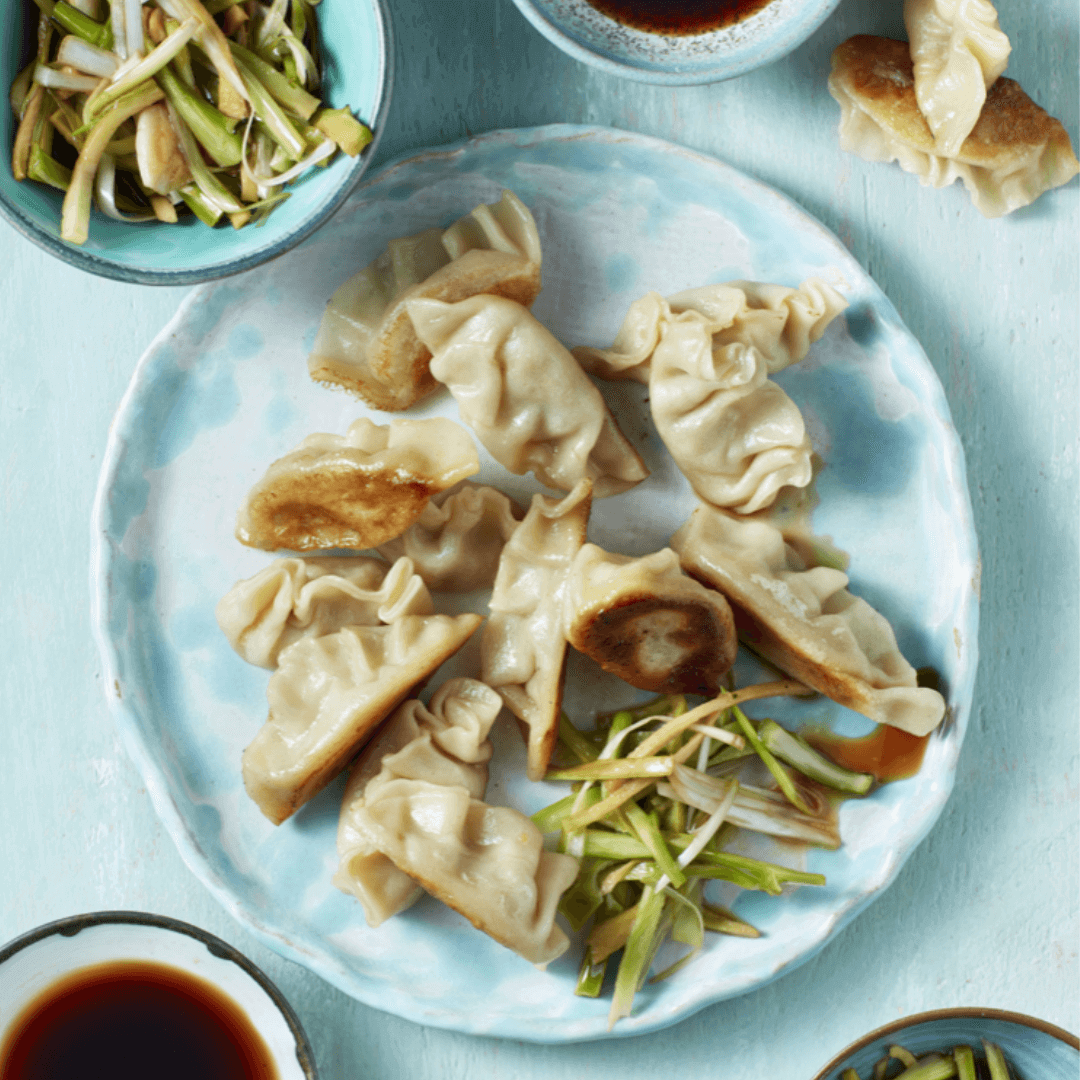
Scallop & Spring Onion Gyoza with Pickled Brassicas from Too Good to Waste
Too Good to Waste by Victoria Glass is THE guide to getting the very most out


Too Good to Waste by Victoria Glass is THE guide to getting the very most out

This recipe is extracted from Vegetarian Food for Healthy Kids by Nicola Graimes. Savoury scones/biscuits
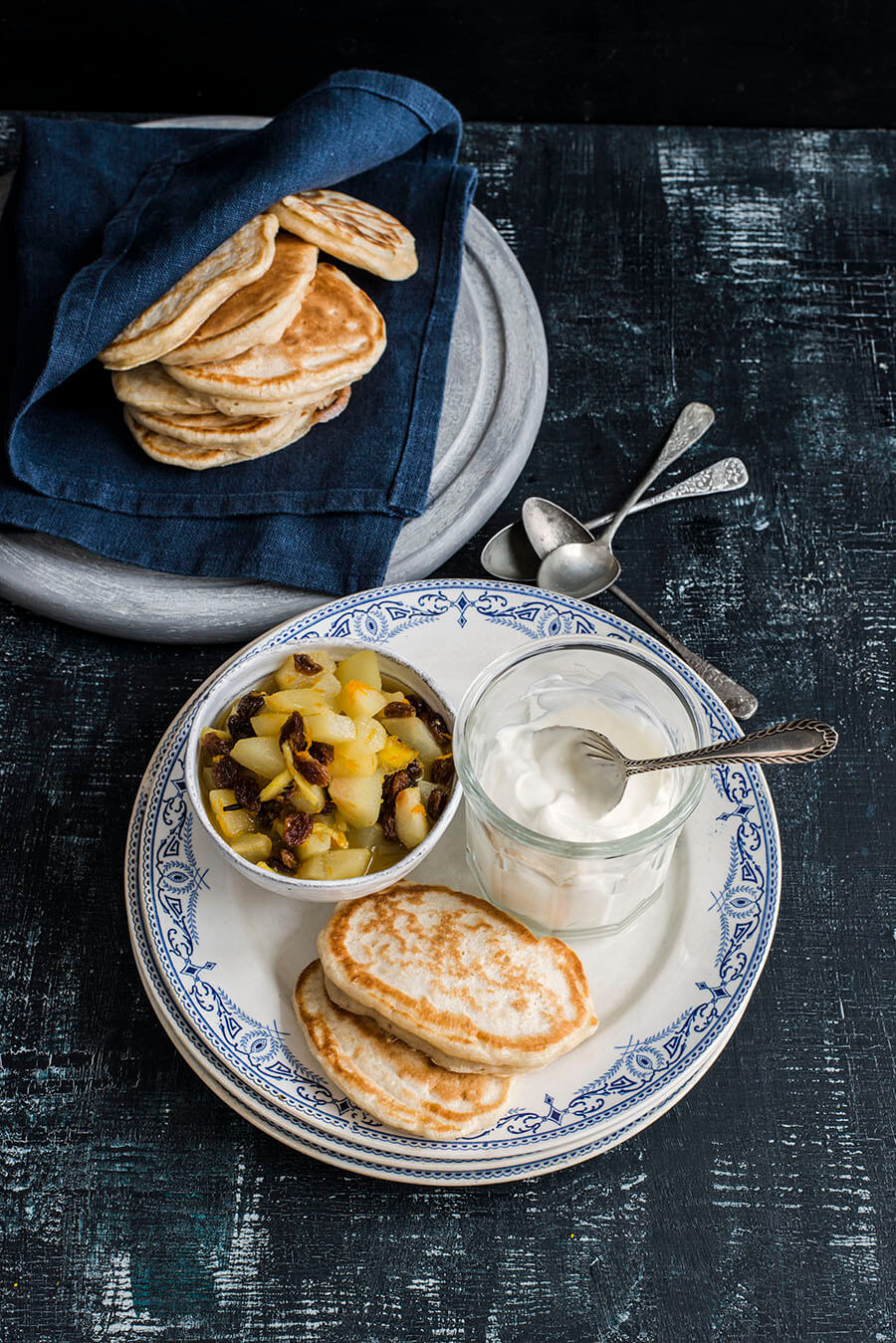
A cross between the English crumpet and American pancake, the pikelet is thought to have

Soups play a major role in Asian cuisine, and this fragrant, nourishing and coconut-rich

The delicious tahini dressing with a citrussy zing and the sweetness of basil lifts the
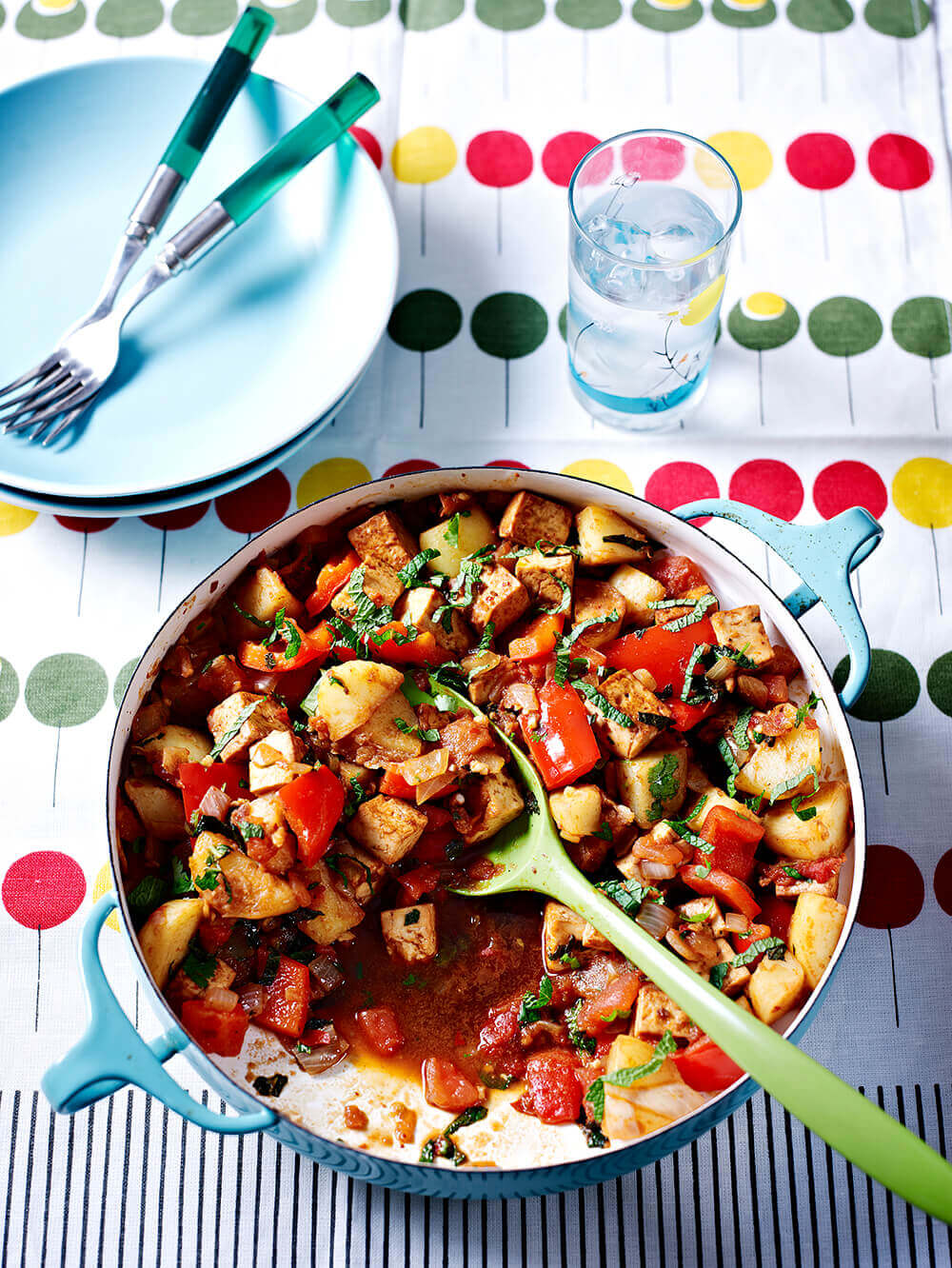
Saltado is a Peruvian one-pan dish with an Asian influence. Traditionally made with beef, this
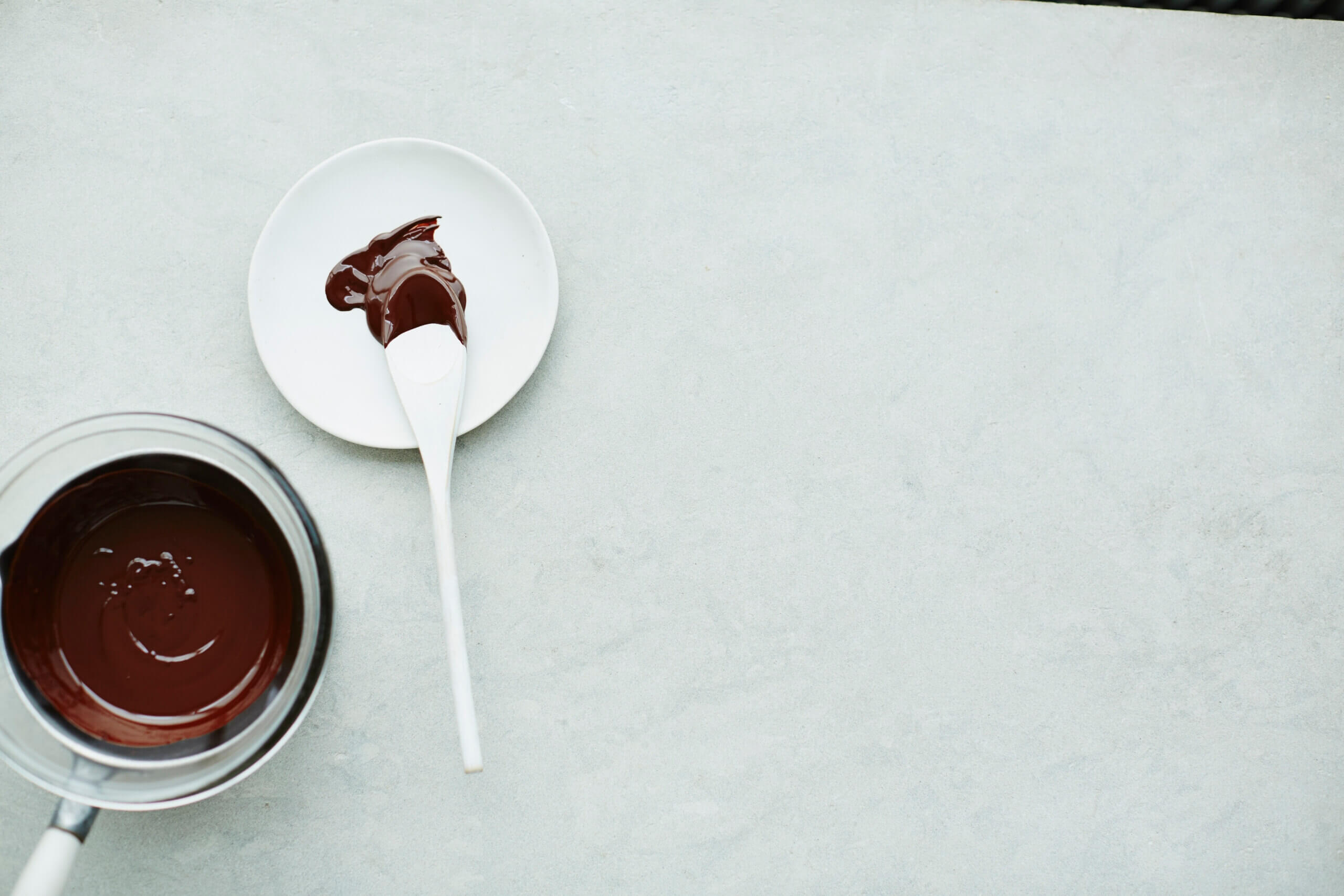
Looking for something different and guilt-free for Easter? Look no further than these Chocolate Cupcakes
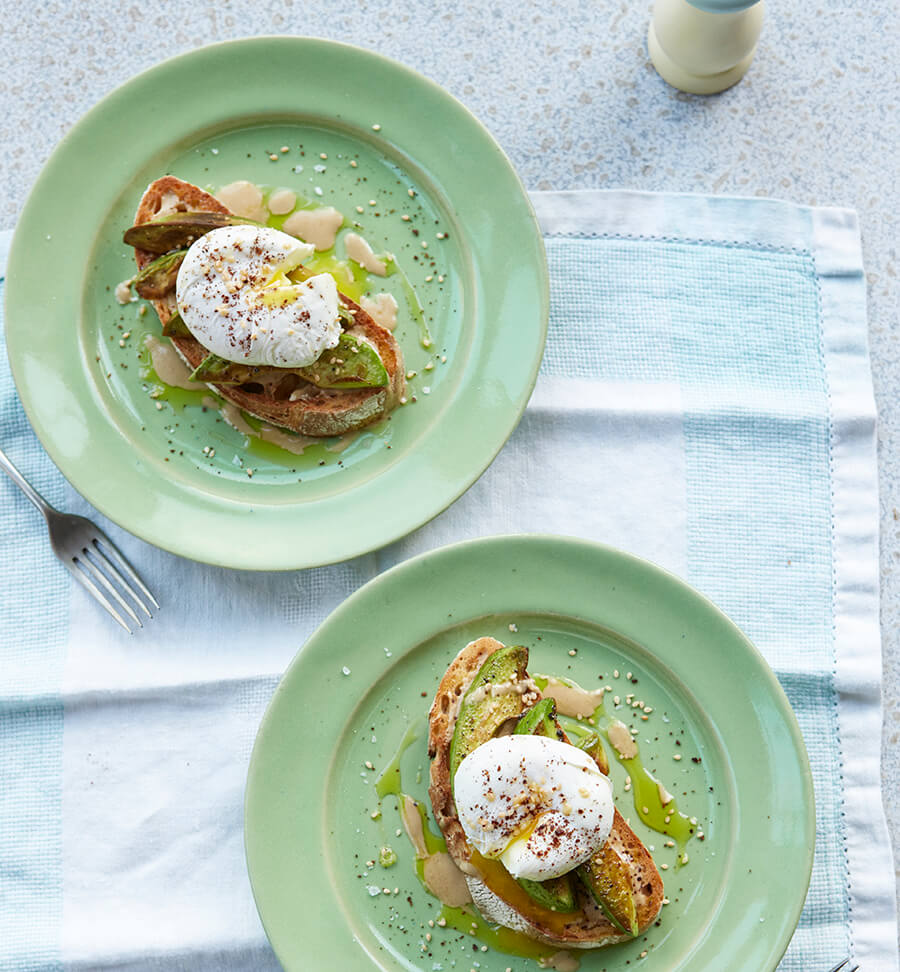
Impress your family and friends with this delicious breakfast or brunch dishes. These recipes are
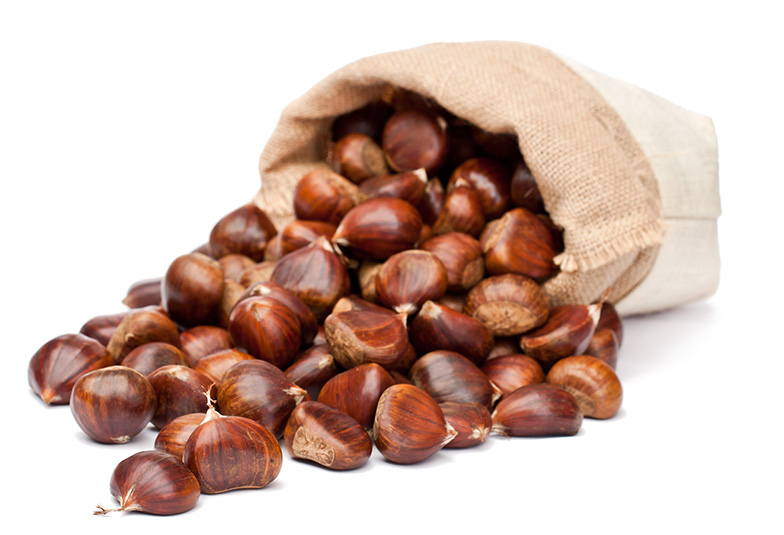
Chestnuts are traditionally given a special place at the Christmas table. These shiny brown nuts

We are approaching World Vegan Month, which punctually runs in November every year starting on
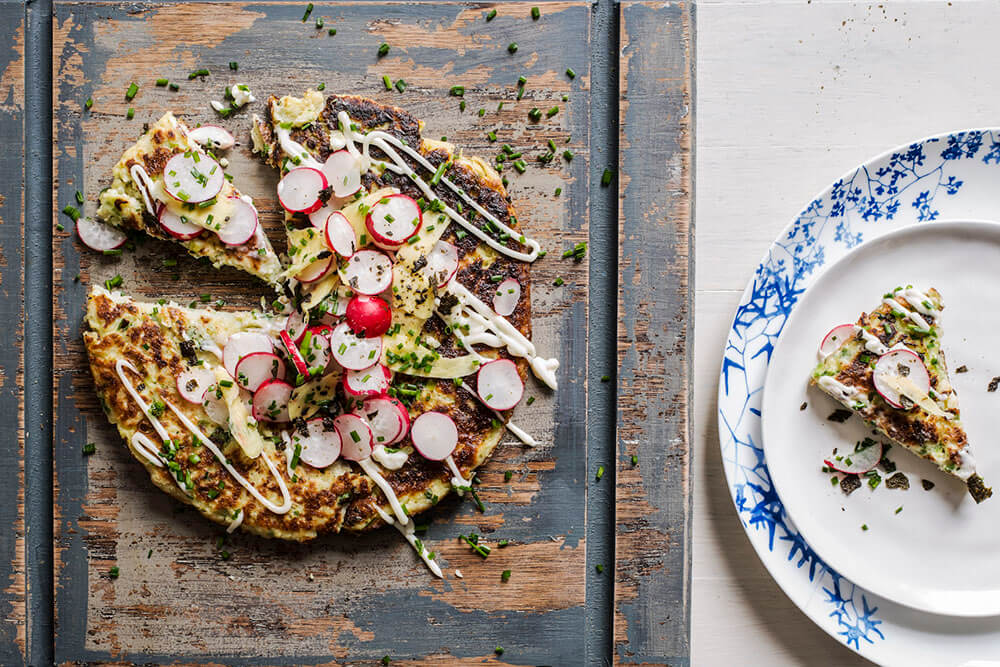
Extract from The Part-Time Vegetarian by Nicola Graimes Sometimes referred to as ‘Japanese pizza’, the
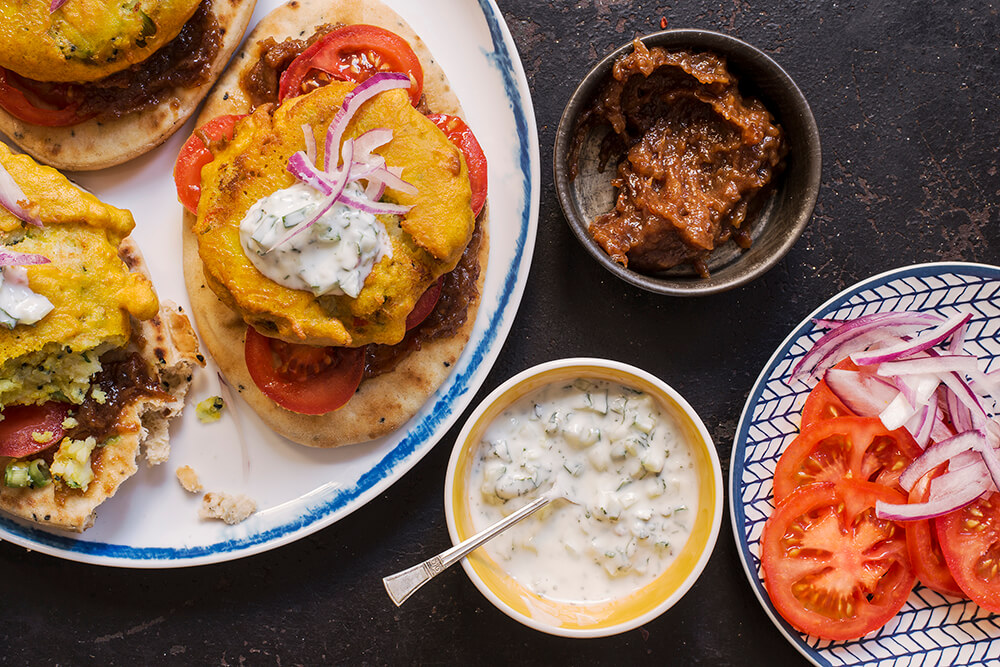
Extract from The Part-Time Vegetarian by Nicola Graimes An Indian twist on the regular veggie

Watkins Media Limited
Shepperton House unit 11
89 Shepperton Road
London, England
N1 3DF

Watkins Media Limited
Shepperton House unit 11
89 Shepperton Road
London, England
N1 3DF